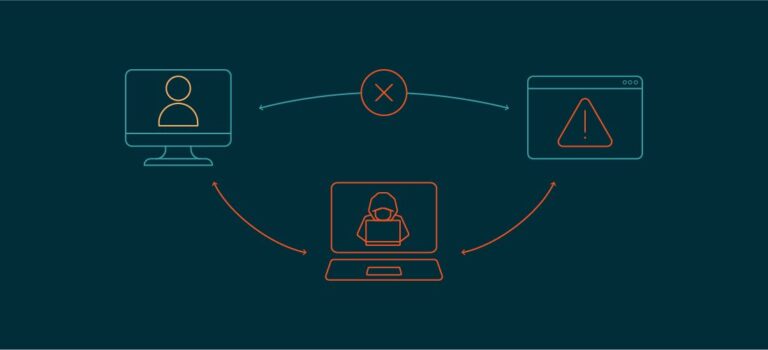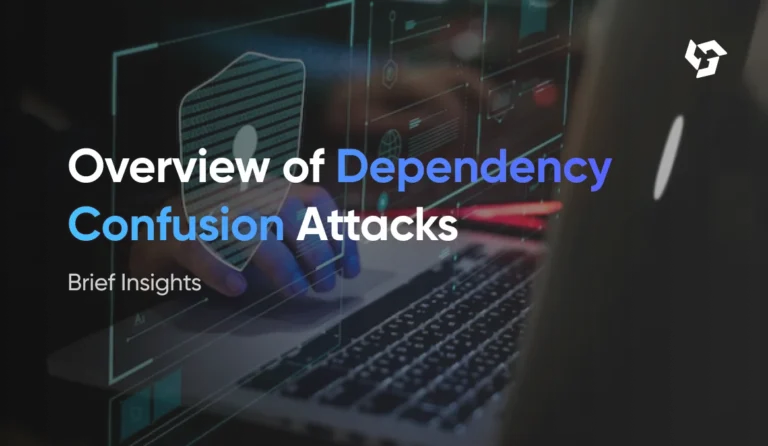The Complete Guide to Firewalls: Importance and Setup for Windows and Linux
Introduction
In today’s connected world, cybersecurity threats are everywhere. Whether you are browsing a simple website, sending emails, or managing a business network, protecting your digital environment is critical. One of the primary lines of defense is a firewall.
You might think of a firewall as a simple security tool — but in reality, it’s a powerful shield that keeps hackers, malware, and unwanted data traffic away from your computer or network.
In this guide, we’ll explore:
- What a firewall is
- Why it’s important
- How to set it up correctly on both Windows and Linux systems
Let’s dive deep and protect your systems the smart way.
Understanding Firewalls: Basics You Must Know
What is a Firewall?
A firewall is a network security device (or software) that monitors and controls incoming and outgoing network traffic based on predetermined security rules. It acts as a barrier between a trusted internal network and untrusted external networks (like the Internet).
Imagine your firewall as the security guard at the entrance of a building, allowing or denying people based on a list of who’s allowed in.
Types of Firewalls
Firewalls come in many forms, including:
- Packet-Filtering Firewalls
Examine packets of data and allow or block them based on source IP address, destination IP address, ports, and protocols. - Stateful Inspection Firewalls
More advanced, they monitor the state of active connections and make decisions based on the context of the traffic. - Proxy Firewalls
Act as intermediaries between users and the services they want to access. They prevent direct connections from the outside world. - Next-Generation Firewalls (NGFW)
Combine traditional firewall protection with additional features like intrusion prevention, antivirus, and deep-packet inspection.
How Firewalls Protect You
Firewalls protect you by:
- Blocking malicious traffic before it reaches your system
- Preventing unauthorized users from accessing your network
- Monitoring outgoing traffic for signs of malware activity
- Acting as an audit point to track unusual behaviors
Why You Should Never Ignore a Firewall
Real-Life Examples of Cyber Threats
- 2017 WannaCry Ransomware Attack: A massive cyberattack spread through vulnerable systems. Systems with proper firewall configurations were spared.
- Data Breaches: Many breaches occur because of exposed ports or misconfigured servers — both preventable with correct firewall rules.
How a Firewall Saves You
A firewall can:
- Detect unauthorized login attempts
- Stop malware from contacting command-and-control servers
- Keep private company and personal data from being stolen
- Prevent network worms from spreading inside your systems
Setting Up a Firewall on Windows
How to Enable Windows Firewall
- Open Start Menu and type “Windows Security.”
- Click “Firewall & network protection.”
- Ensure Firewall is ON for Domain, Private, and Public networks.
Windows Firewall is quite robust out-of-the-box. But setting up custom rules makes it even stronger.
Configuring Advanced Settings in Windows Firewall
- Open Start → Windows Administrative Tools → Windows Defender Firewall with Advanced Security.
- Here, you can create Inbound Rules (traffic coming to you) and Outbound Rules (traffic leaving you).
- Example: Block all outbound traffic except web browsing by setting custom outbound rules.
Creating Custom Rules in Windows Firewall
Steps:
- Choose Inbound Rules → New Rule.
- Select Port → TCP or UDP → Specify Port → Allow/Deny.
- Assign to Profile (Domain, Private, Public).
- Name your rule clearly (e.g., “Block FTP Ports”).
Pro Tip: Be cautious — too strict, and you may block necessary applications.
Third-Party Firewall Software for Windows
Some users prefer third-party software for additional features like:
- ZoneAlarm
- Comodo Firewall
- Bitdefender Firewall
These offer more advanced options like application control, better notifications, and stronger protection layers.
Setting Up a Firewall on Linux
Linux systems are often used for servers, which makes firewalls even more crucial.
Introduction to UFW (Uncomplicated Firewall)
UFW is the default firewall tool on Ubuntu. It simplifies configuring iptables, which can be complex for beginners.
How to Install and Use UFW on Ubuntu
- Install UFW (if not already installed): bashCopyEdit
sudo apt install ufw - Enable UFW: bashCopyEdit
sudo ufw enable - Allow SSH connections (important if remote managing): bashCopyEdit
sudo ufw allow ssh - Block incoming by default: bashCopyEdit
sudo ufw default deny incoming sudo ufw default allow outgoing - Check status: bashCopyEdit
sudo ufw status verbose
Simple, effective, and powerful.
FirewallD: Another Option for Linux
FirewallD is another dynamic tool available on Red Hat-based distributions (Fedora, CentOS).
Configuring Basic and Advanced FirewallD Rules
- Start FirewallD: sudo systemctl start firewalld && sudo systemctl enable firewalld
- Open ports: sudo firewall-cmd –zone=public –add-port=80/tcp –permanent && sudo firewall-cmd –reload
- List rules: sudo firewall-cmd –list-all
- Block a service: sudo firewall-cmd –remove-service=ftp –permanent && sudo firewall-cmd –reload
FirewallD uses “zones” to define trust levels on different networks.
Common Mistakes to Avoid When Setting Up a Firewall
- Opening unnecessary ports: Exposing services like FTP or old versions of SMB can invite attacks.
- Not configuring Outbound Rules: Malware often exploits outbound connections if not restricted.
- Forgetting to whitelist critical services (like SSH): You could lock yourself out!
- Turning off firewall temporarily for troubleshooting and forgetting to re-enable it.
Best Practices for Firewall Security
- Keep firewall rules updated regularly.
- Restrict access to management interfaces like SSH or RDP.
- Use VPNs for remote access to your internal network.
- Enable logging to monitor strange activities.
- Use layered security: Firewalls + Antivirus + Intrusion Detection Systems (IDS).
- Regularly audit firewall settings for unused or obsolete rules.
Conclusion
Firewalls are often the first and most important line of defense in cybersecurity. Whether you’re securing a personal laptop, a business network, or a cloud server, properly configuring a firewall can be the difference between safety and disaster.
Setting up a firewall on Windows and Linux isn’t just “good practice” — it’s a necessity in today’s threat landscape.
Take the time today to ensure your systems are protected.
Your future self (and your data) will thank you.






